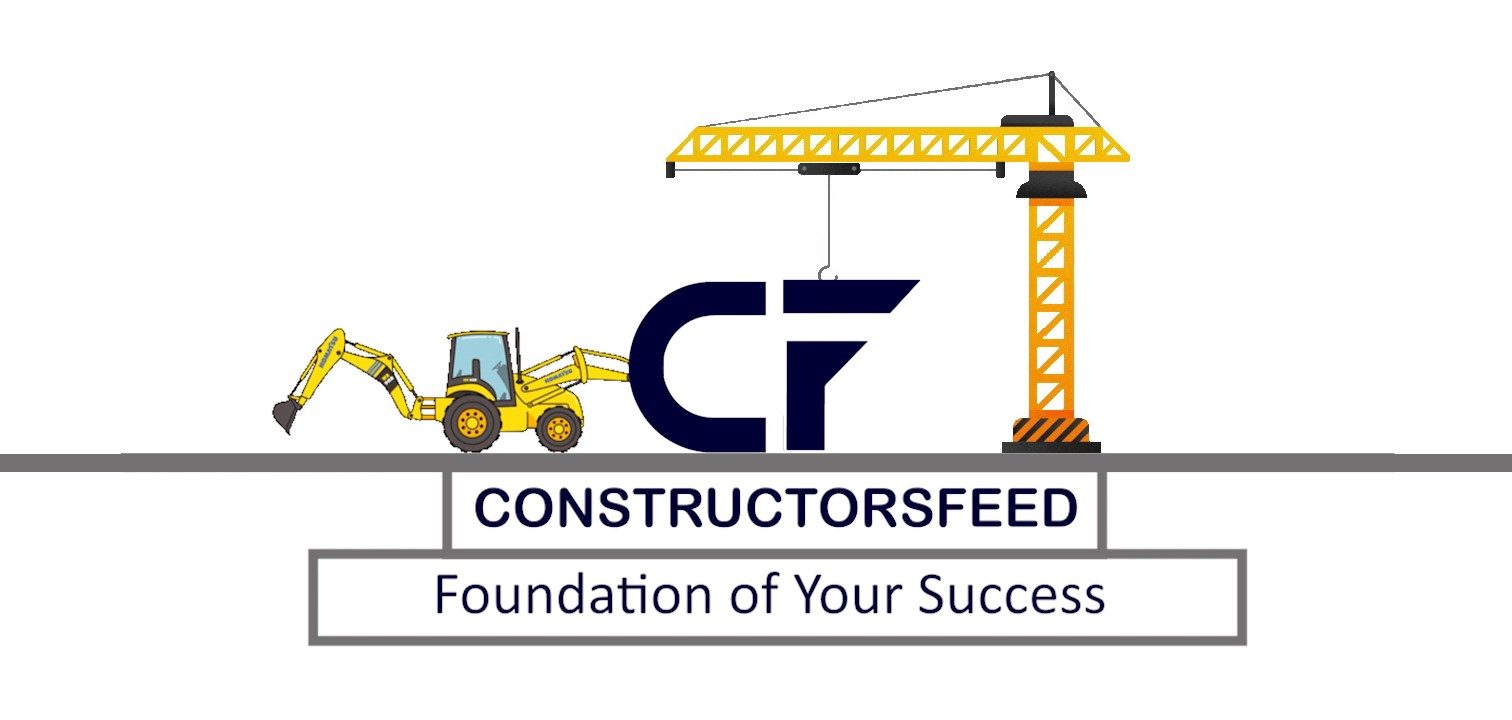In the Civil engineering field, PRACTICAL KNOWLEDGE is considered as one of the most important aspects in learning and discovering about this field. The best part of site visit is that in every visit, a civil engineer learns and discovers something new. By going on the same site again and again also, we see the structure has taken its new shape.

We all know that civil engineering is a vast field and there are a lot of factors involved in making this field operational. In every civil engineer’s life there are two phases and each site visit plays a completely different role for both the phases. Below mentioned are the following two phases:
The Academic Phase
This is the phase where the initial stone for Building the Foundation of your success is laid. This is the phase where all the civil engineers pursue their graduation. In this phase the purpose of site visits is to gain knowledge and discover about the field itself. In fact it is the best time to do frequent site visits as it increases the chances to generate opportunities in identifying which area fascinates you the most. It will show you a bigger picture of the entire construction industry and soon everything you are studying starts making sense.

In this phase, it essential to observe what and how activities are being executed on site. The advantage in this phase is you have access to every site, even in restricted zones after taking appropriate permissions. This approach makes academics strong and enjoyable because the theoretical knowledge meets with practical knowledge at the same time. The visits done continuously for more than a month is called as Internships.
The Professional Phase
This is the phase when engineering merges with business. When business gets involved the dynamics gets changed because at the end of the day everything is to be constructed which can generate maximum profits in business.

In the construction business world also the site visits are of utmost importance. The only difference among all the civil engineers doing site visits is the level of experience and knowledge of the engineer. In this phase the engineers visit the site with a definite purpose like to analyze unforeseen risks, topography, inspections, planning etc. Also they are very well aware to fulfill the purpose of the visit because of the previous knowledge and experience.
Benefits of doing Site Visits:
The benefits of visiting the site varies according to purpose and duration of time spent on site. Below mentioned are some of the general benefits which a civil engineer can get after visiting the site.
1. Witness the structures being taking its shape from paper to reality.
2. Understand the roles and responsibilities of various personnel’s on site.
3. Understand the working of all the equipment’s and machines.
4. Observe the effect of weather conditions and its impact site.
5. Identify all the unforeseen risks.
6. Understand the Health, Safety, Environment, Quality (HSEQ) aspects required on site.
7. Observe the time required to perform each activity happening on site.
8. Understand the QA/QC aspects of construction materials used on site.
9. Understand the sequence of all the activities happening on site.
10. Understand the energy requirements and identification of its source on site.
11. Understand the Planning aspects of construction.
12. Understand the necessary documentation, permissions and Liasoning process required.
13. Understand Layout of approaches and access made for the site.
14. Understand different challenges and obstructions on site.
15. Develop networking opportunities for the future.
16. Understand the communication methods on all levels happening on site.
17. Understand the different contractual aspects being implemented on site.
18. Accumulate countable knowledge and experience.
19. Learn and understand the people management skill.
20. Collect the memories during construction and cherish it after the post construction.

Very knowledgeable and point to point description.
One more point I’ll like to add is that the site visits are also very important for designers (structural/MEP/Arch) to better understand the execution feasibility of the design.
Thank you for your views.